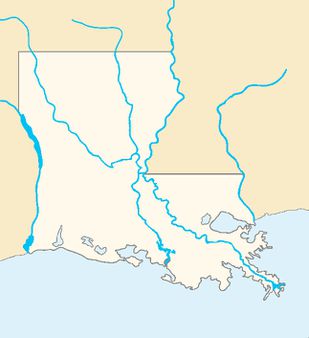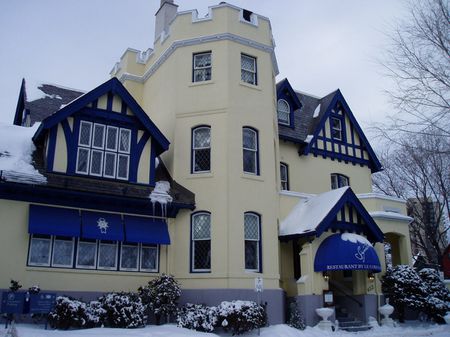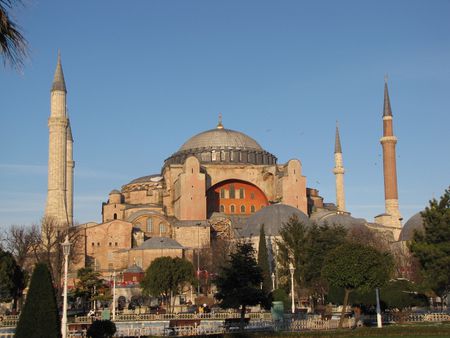As one of the largest schools in Louisiana, Lafayette High School is home to more than 2,400 students from a wide range of ethnic backgrounds. The school has a good academic record with 75 percent of school graduates going on to college or university in 2010. Below is a guide to choosing to pursue your studies at Lafayette High School.
Academics
The school curriculum offers gifted, advanced placement, honours and regular level courses in Maths, English, Social Studies, Science and a foreign language. Students at the school benefit from a computer network that gives them access to research from the University of Louisiana and the Library of Congress.
The school also offers vocational courses such as Business, Computer Business, Agriculture, Industrial Arts and Home Economics. In addition, there are also classes aimed specifically at the multi-handicapped, learning disabled, the gifted and the visually and hearing impaired.
Sports and clubs
This High School is also known for its extra curricular activities which include
13 sports teams and more than 40 clubs and organisations.
The school has a range of sports teams and extra curricular clubs on offer, including Amnesty International, Film, Chess, Maths, Latin and Spanish, to name a few. In addition, the school has a number of organisations such as its Student Council, Mighty Lion Marching Band, cheerleaders, a dance team, and a school magazine known as Lions' Din.
The school has sporting teams in American football, volleyball, cross country, swimming, wrestling, basketball, tennis, soccer, baseball, golf and track and field. In 2008, the school's male basketball team won the State Championships for the first time, while the following year, the girls' team made the final, also losing in the end to Chapelle. Three years earlier, in 2006, the women's soccer team won the state title.
Health Academy
For those wishing to pursue a career within the health industry, Lafayette High School offers its own health academy which prepares students for technical college, community college or university.
There is a limited number of places available at the academy, so students must be recommended by a teacher and undergo an interview. Once accepted, they can expect to take part in courses such as Introduction to Health Careers, Health Science I and II, Molecular Genetics, Forensics, Pharmacy Technology and Nursing.
Students can also take part in summer internships at local hospitals and will be expected to do volunteer work at local health care agencies.







